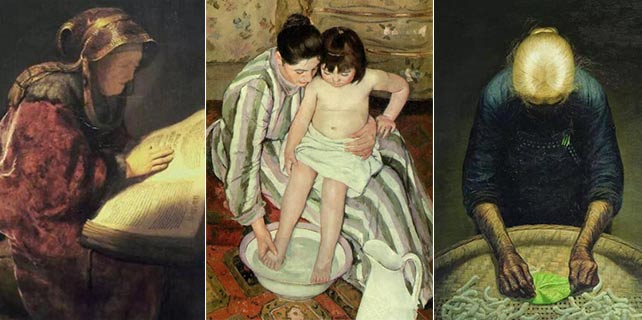Bird man's flights of fancy
|
From left: Ye's work on the exhibition and his bird painting, which was considered a sad reference to a poem by Du Fu, a Chinese poet of the Tang Dynasty (618-907). |
"I often see my life as like that of migratory bird moving among several different cities, fragmented and with no fixed abode. I paint and put together my creations the same way: I hit one target and move on," Ye wrote in a letter to art critic Li Xianting in 1991.
The change of style started when he worked in London. In1997, Ye went to the British capital and ever since has worked regularly in the country, thanks to sponsorship from the British Arts Council.
Living overseas, far away from his native language, gave him a strong sense of loss and a feeling of physical disruption.
"Identity and the desire to belong were the two of the most relatable struggles that I was dealing with at that time," he says.
He was "fighting against the role framed by the West in every possible way" and realized it was necessary for him to master Chinese traditional culture and art.
The flying bird is traditionally an expression of the wandering, unconventional and transcendent spirit in a Chinese context. Some consider Ye's bird painting a sad reference to a poem by Du Fu, a Chinese poet of the Tang Dynasty (618-907): "Fluttering, fluttering-where is my likeness? Sky and earth and one sandy gull."
Ye often uses a "slow scribble" technique of drawing with ink, creating dense thickets of marks that make up his lines. He has said that scribble usually gives an impression of being fast and simple. But if I sketch something childish in a slow, mature way, people might mistake it for a child's drawing at first, then suddenly discover the meaning in it."
"This is an interesting process. I am like a trap setter, making a joke to visitors just for harmless fun," Ye says.
lijing2009@chinadaily.com.cn










